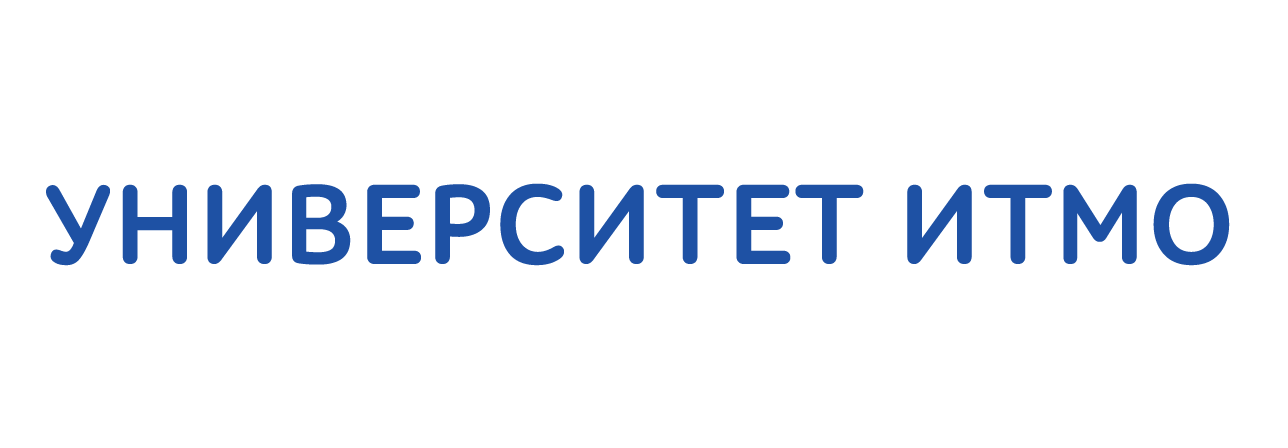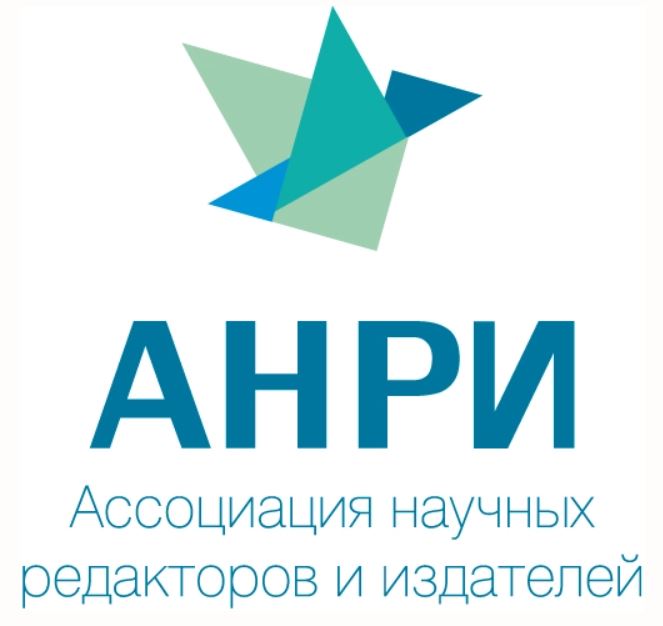
НИКИФОРОВ
Владимир Олегович
д.т.н., профессор
SERS OF BACTERIORHODOPSIN WITH OUT-DIFFUSED SILVER NANOISLANDS
Читать статью полностью
Аннотация
We present the studies on surface-enhanced Raman spectroscopy (SERS) of bacteriorhodopsin in purple membranes using self-assembled silver nanoisland films for Raman signal enhancement. These metal island films were fabricated on soda-lime glass slides subjected to silver-sodium ion exchange in molten Ag0.05Na0.95NO3 at the temperature of 325°C for 20 minutes and subsequent treatment in hydrogen atmosphere at the temperature of 250°C for 10 minutes. The films typically consisted of 20–30 nm closely placed nanoislands. Being tested as SERS substrates for rhodamine 6G the nanoisland films gave the possibility to observe respective characteristic Raman lines from a dried drop of rhodamine 6G dissolved in water in the concentration of 10–6 M. Similarly fabricated substrates were used to obtain SERS spectra of bacteriorhodopsin in purple membranes dispersed in water, and Raman peaks at 1000–1020 cm–1, 1150–1220 cm–1 and 1530– 1570cm–1 were resolved. The substrates made it possible to register characteristic Raman peaks only for an order of magnitude lower concentration of bacteriorhodopsin in contrast to the virgin glass substrate, that is the enhancement of Raman signal was considerably less than for rhodomin 6G. This is supposed to be due to bacteriophodopsin molecules packing in patches, and it prevents bacteriophodopsin in purple membranes from penetration between the nanoislands where the local enhancement of the electric field of exciting light wave is maximal.
Благодарности. This work was financially supported by the Ministry of Education and Science of the Russian Federation (Projects 11.G34.31.0020 and 16.1233.2014/K) and the Government of the Russian Federation, Grant 074-U01. For providing the samples of purple membranes and assistance with SERS experiments the authors are grateful to Vitaly Polovinkin, Valentin Borshchevskiy and Valentin Gordeliy (Laboratory for Advanced Studies of Membrane Proteins, Moscow Institute of Physics and Technology, Dolgoprudny, Russia; Institut de Biologie Structurale J.-P. Ebel, Grenoble, France; Institute of Complex Systems (ICS), ICS-6: Structural Biochemistry, Research Centre Juelich, Juelich, Germany; Institute of Crystallography, University of Aachen (Rheinisch-Westfälische Technische Hochschule), Aachen, Germany.
Список литературы
1. Lanyi J.K. Bacteriorhodopsin. Annual Review of Physiology, 2004, vol. 66, pp. 665–688. doi: 10.1146/annurev.physiol.66.032102.150049
2. Maeda A. Application of FTIR spectroscopy to the structural study on the function of bacteriorhodopsin. Israel Journal of Chemistry, 1995, vol. 35, no. 3-4, pp. 387–400. doi: 10.1002/ijch.199500038
3. Nabiev I.R., Efremov R.G., Chumanov G.D. The chromophore-binding site of bacteriorhodopsin. Resonance Raman and surface-enhanced resonance Raman spectroscopy and quantum chemical study. Journal of Biosciences, 1985, vol. 8, no. 1-2, pp. 363–374. doi: 10.1007/BF02703989
4. Mathies R.A., Lin S.W., Ames J.B., Pollard W.T. From femtoseconds to biology: mechanism of bacteriorhodopsin’s light-driven proton pump. Annual Review of Biophysics and Biophysical Chemistry, 1991, vol. 20, pp. 491–518.
5. Krogh A., Larsson B., Heijne v.G., Sonnhammer E.L.L. Predicting transmembrane protein topology with a hidden markov model: application to complete genomes. Journal of Molecular Biology, 2001, vol. 305, no. 3, pp. 567–580. doi: 10.1006/jmbi.2000.4315
6. Overington J.P., Al-Lazikani B., Hopkins A.L. How many drug targets are there? Nature Reviews Drug Discovery, 2006, vol. 5, no. 12, pp. 993–996. doi: 10.1038/nrd2199
7. Kneipp K., Moskowitz M., Kneipp H. Surface Enhanced Raman Scattering. Physics and Applications. NY, Springer, 2006, 460 p. doi: 10.1007/3-540-33567-6
8. Chervinskii S., Sevriuk V., Reduto I., Lipovskii A. Formation and 2D-patterning of silver nanoisland film using thermal poling and out-diffusion from glass. Journal of Applied Physics, 2013, vol. 114, no. 22, art. 224301. doi: 10.1063/1.4840996
9. Menzel-Glaser: Microscope slides. Available at: http://www.menzel.de/Microscope-Slides.687.0.html?&L=1 (accessed 16.06.2014).
10. Zhou Q., Li Z., Yang Y., Zhang Z. Arrays of aligned, single crystalline silver nanorods for trace amount detection. Journal of Physics D: Applied Physics, 2008, vol. 41, no. 15, art. 152007. doi: 10.1088/0022-3727/41/15/152007
11. Zhurikhina V.V., Brunkov P.N., Melehin V.G., Kaplas T., Svirko Yu., Rutckaia V.V., Lipovskii A.A. Self-assembled silver nanoislands formed on glass surface via out-diffusion for multiple usages in SERS applications. Nanoscale Research Letters, 2012, vol. 7, no. 1, pp. 676. doi: 10.1186/1556-276X-7-676
12. Terner J., Campion A., El-Sayed M.A. Time-resolved resonance Raman spectroscopy of bacteriorhodopsin on the millisecond timescale. Proc. National Academy of Sciences of the United States of America, 1977, vol. 74, no. 12, pp. 5212–5216.

















